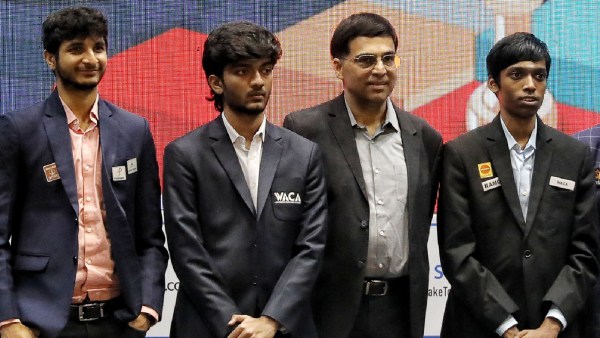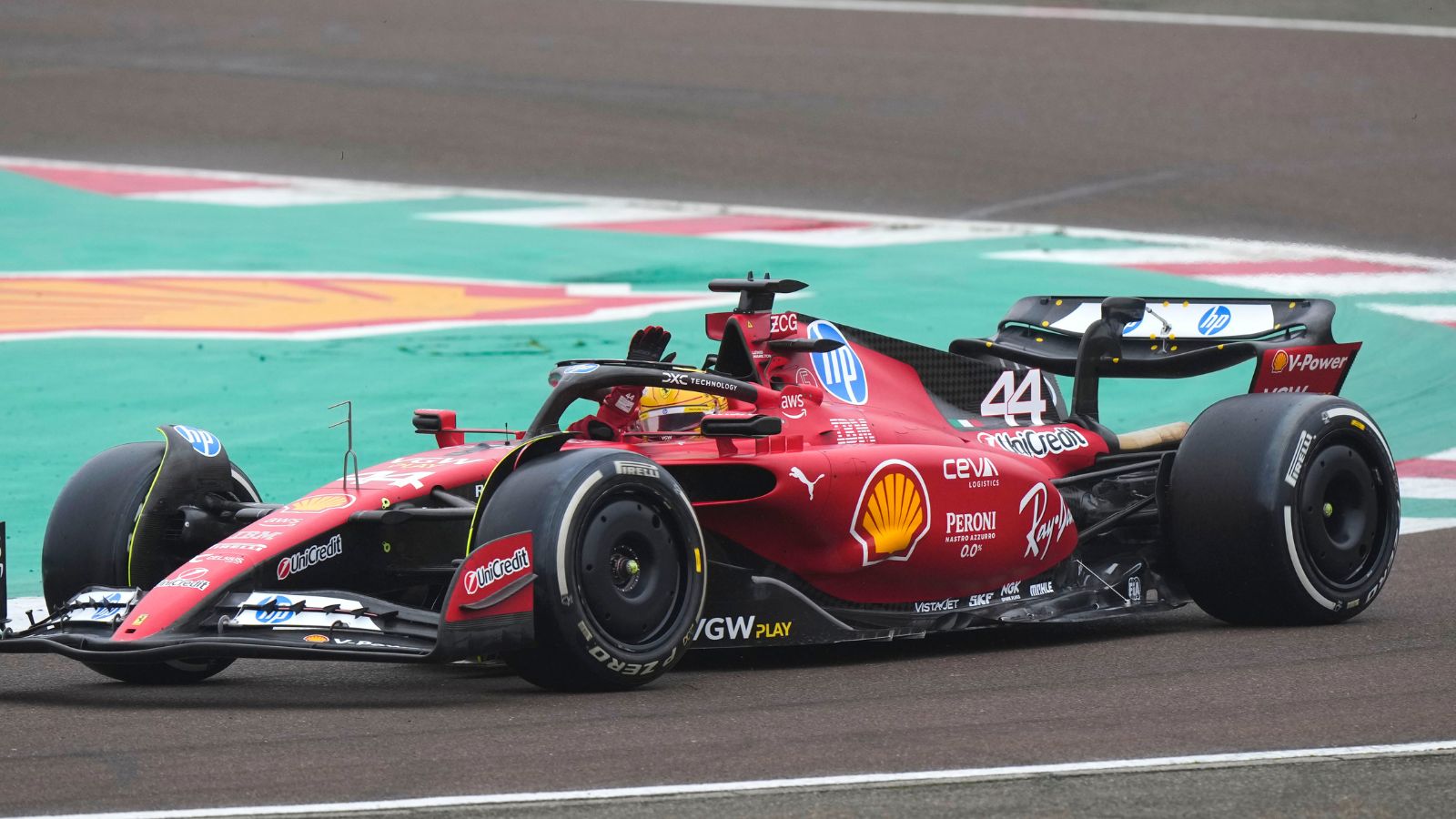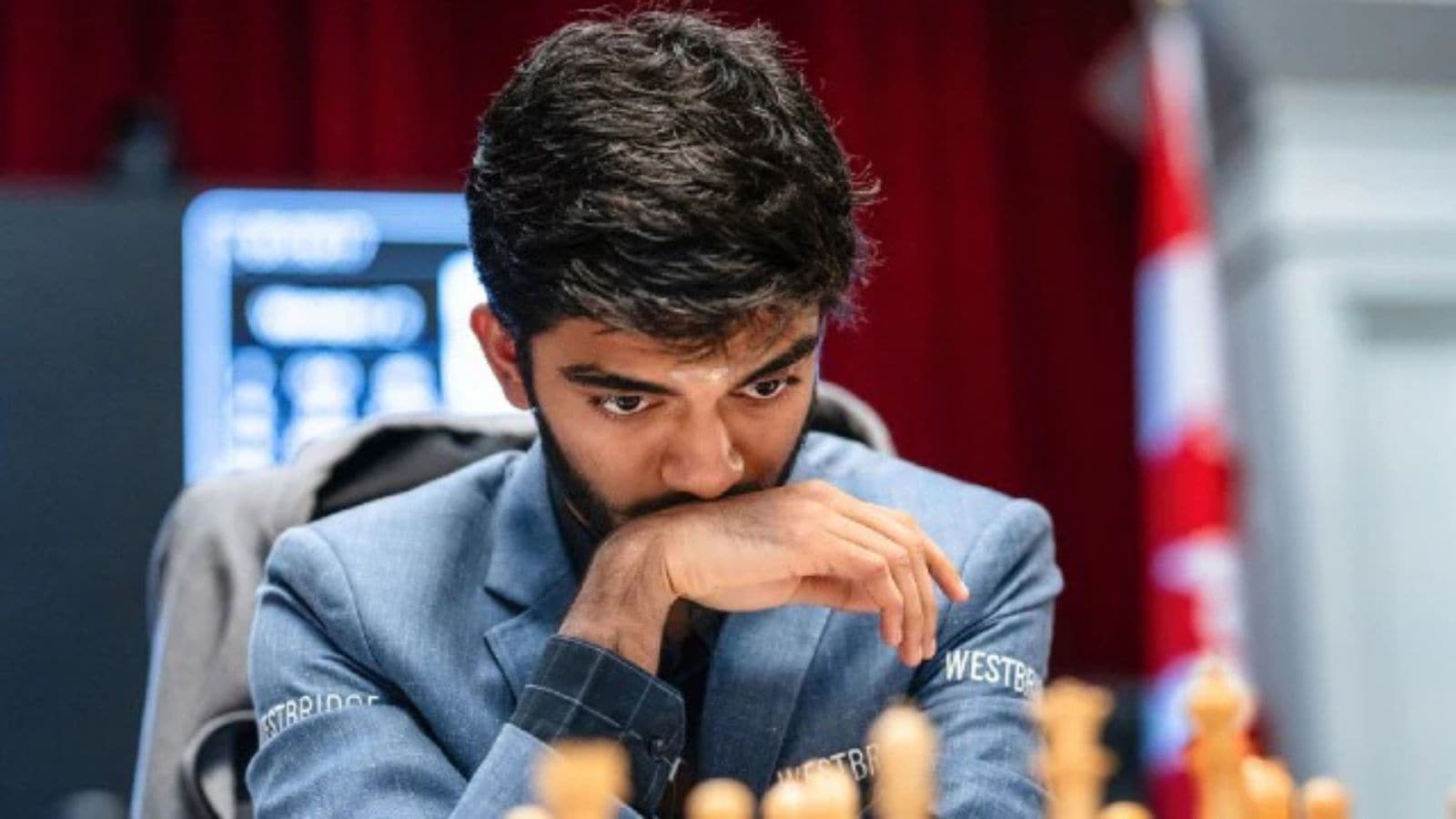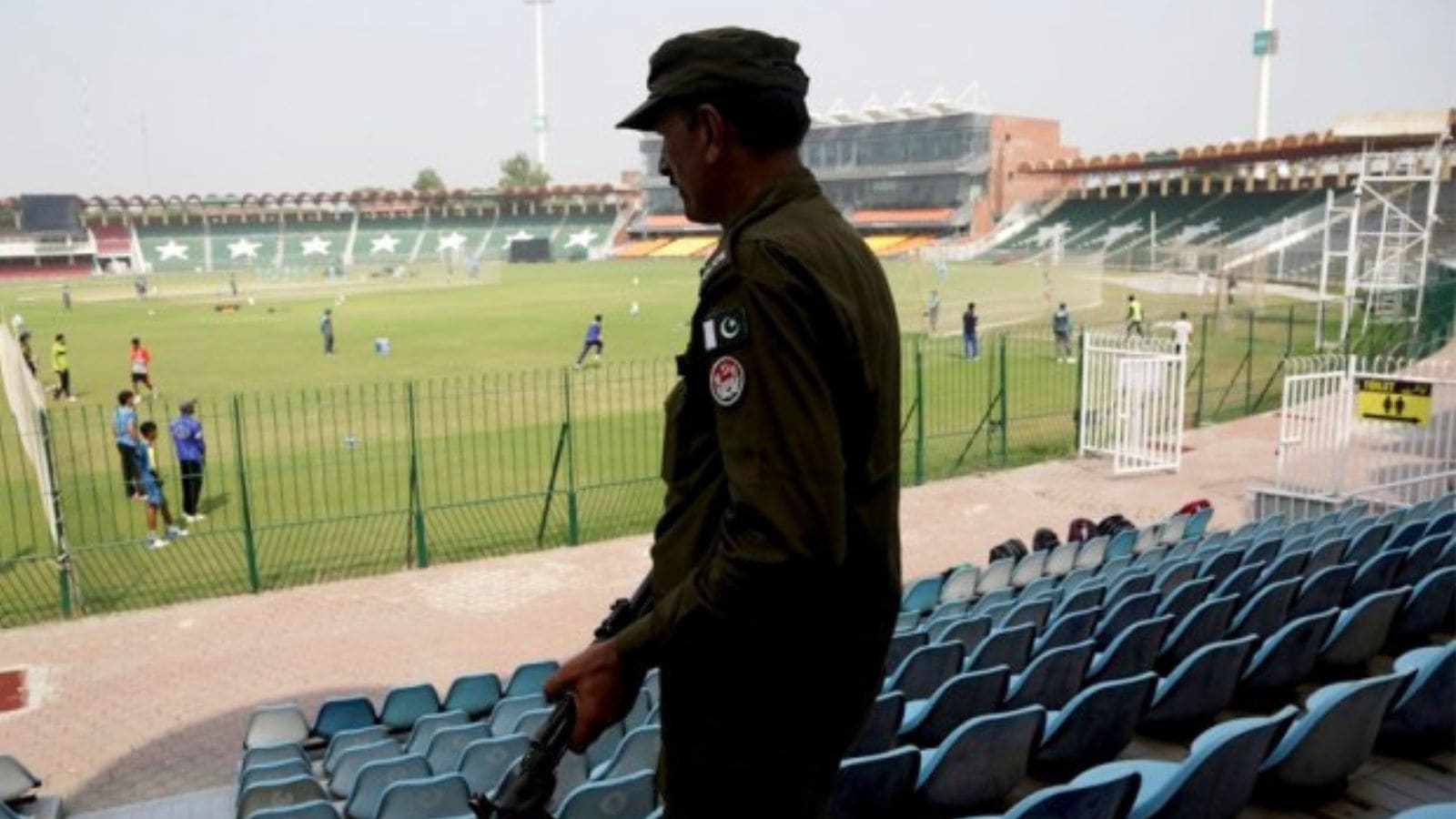“What is the most unstable thing in the world at the moment? Number 1 chess player of India.”
Tweet from Azerbaijani grandmaster Teimour Radjabov in January this year pointing out how volatile the position of India’s top-ranked players can be.
In the four months of 2024, the position of India’s top ranked chess player in the live ratings has switched constantly between five players — Viswanathan Anand, Gukesh, Praggnanandhaa, Arjun Erigaisi and Vidit Gujrathi.
It’s a far cry from the previous 36 years when Viswanathan Anand was ensconced as India’s top-ranked chess player, mostly unchallenged. Radjabov’s tweet, in fact, had come right after Vidit had been dethroned as India No.1 in the live ratings after a 24-hour stint there.
It was in little signs like these that India’s growth on the 64 squares was starting to reflect. Then came the recently-concluded Candidates tournament, an elite eight-player field — both in the open category and for women — that has proven ridiculously tough to crack for Indians.
That was, of course, before a group of five Indians qualified for the Candidates this year, three in the open event and two in the women’s event.
Gukesh’s victory at the Candidates, which makes him the youngest man ever to make the cut for the World Chess Championships, will obviously garner attention. But there were other signs of India’s growing stature in the sport as well: in the women’s section, for example, the veteran Humpy Koneru and the 22-year-old first-timer Vaishali both finished joint second on points.
In FIDE’s rankings list for April 2024, there are five Indian men among the top 25. In the women’s ranks, there are three Indians among the top 15. But it’s when you look at the rankings for top juniors in the world that India really starts to assert its dominance: there are seven Indians among the top 20 and, if you zoom out a little, one-third of the top 30 juniors in the world are Indians (two of whom played at the Candidates, of which one is headed to the World Championship).

It should come as no surprise then that last year former world champion Magnus Carlsen had proclaimed: “I think India is doing a lot of right things so far, and it is a matter of time before it is clearly the leading chess nation in the world.”
So what are the things India is doing right?
Combination of factors
A combination of factors has led to this rapid explosion of the sport in India. With cheap internet data packs and chess apps easily available on mobile phones, there is a rapidly growing grassroots base.
The reach of the internet also has made chess coaching more accessible for kids in tier-2 and tier-3 cities, who can now take online chess classes from some of the best in the business who are based in metropolitan cities.
The rise of online tournaments in the post-pandemic era also led to a lot of Indian youngsters taking on super grandmasters and even former world champions. These contests were crucial to make these elite players seem less formidable.
“The growth of Indian players was partly due to them playing online competitions. Playing not just with top players but also getting accustomed to playing Magnus or other top stars. This is more than a boom. It’s a trend,” Emil Sutovsky, the Director General at FIDE, the global governing body of chess, had told The Indian Express last year.
Another thing that India has done right is that there is a generation of elite players who chose to branch out into coaching to help out the next generation. This includes grandmaster RB Ramesh, who counts Pragg and Vaishali among his wards, GM Vishnu Prasanna, who shaped Gukesh from the age of 11, and GM Srinath Narayanan, who worked as Arjun Erigaisi’s trainer and also shaped Nihal Sarin. At the recently-concluded Candidates, there was GM Surya Shekhar Ganguly who was in Vidit’s corner while GM Sandipan Chanda was Vaishali’s trainer.
Sutovsky had also pointed out that there was a group of over 50,000 players in India who he classified as “really good players, but not grandmasters”.
“These players are vital to the growth of the chess ecosystem as they are or can become chess coaches, arbiters etc,” he tells The Indian Express.
The final link in the chain was the invention of cash-rich, franchise-style tournaments like the Global Chess League where players like Gukesh, Pragg and Arjun were in the same team as Carlsen. The league was funded by Tech Mahindra in collaboration with FIDE.
All of these aspects were leading to India becoming more assertive on the 64 squares. But with Gukesh making it to the World Championship, that chess movement finally has a poster boy.
As Women Grandmaster Tania Sachdev tweeted after Gukesh’s win on Monday, “GUKESH WINS THE CANDIDATES! The future is here. It’s today.”
I’m Manas Ranjan Sahoo: Founder of “Webtirety Software”. I’m a Full-time Software Professional and an aspiring entrepreneur, dedicated to growing this platform as large as possible. I love to Write Blogs on Software, Mobile applications, Web Technology, eCommerce, SEO, and about My experience with Life.






